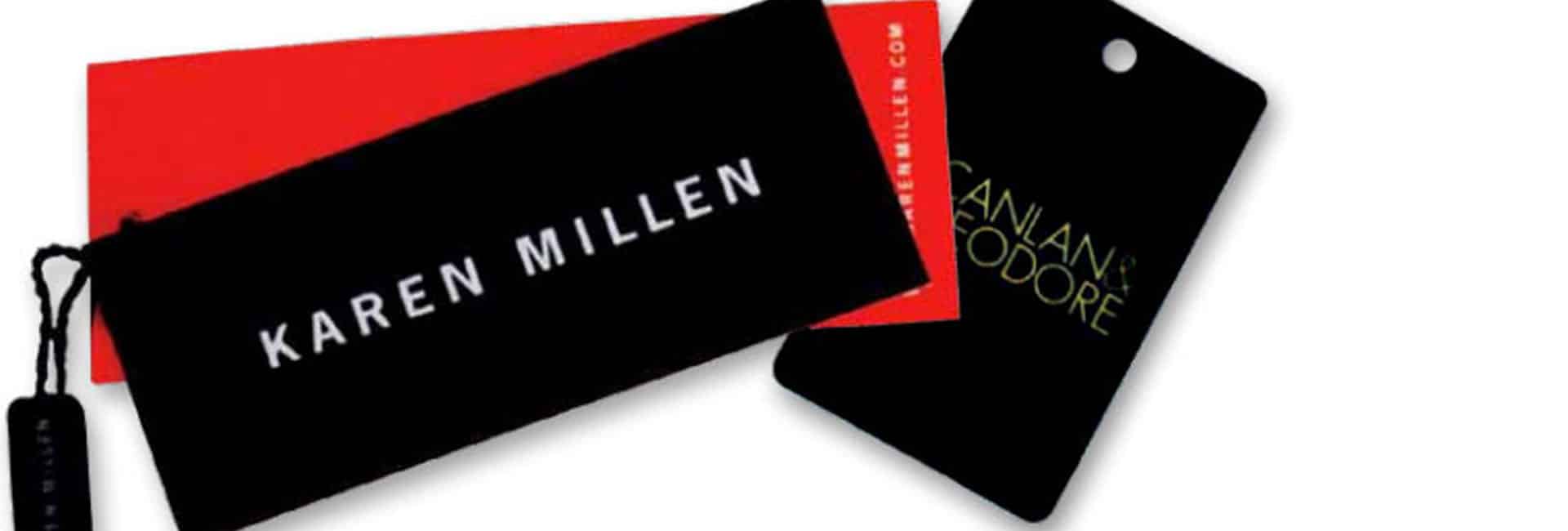
Used under a Creative Commons Licence
Would the real Zara please stand up?
Many textile and fashion designers use, or incorporate their own name into their brands. Take Zara, Davenport, Elle McPherson and Collette Dinnigan to name a few. The more unique the fashion label is, usually the safer you are from “copycats”. However, legal battles can arise if two designers use similar names.
Note the followed article appeared in ATF Australian Textiles and Fashion Magazine (see www.atfmag.com)
Please note the above article is general in nature and does not constitute legal advice.
Please email us info@iplegal.com.au if you need legal advice about your brand or another legal matter in this area generally.


